Premium Only Content
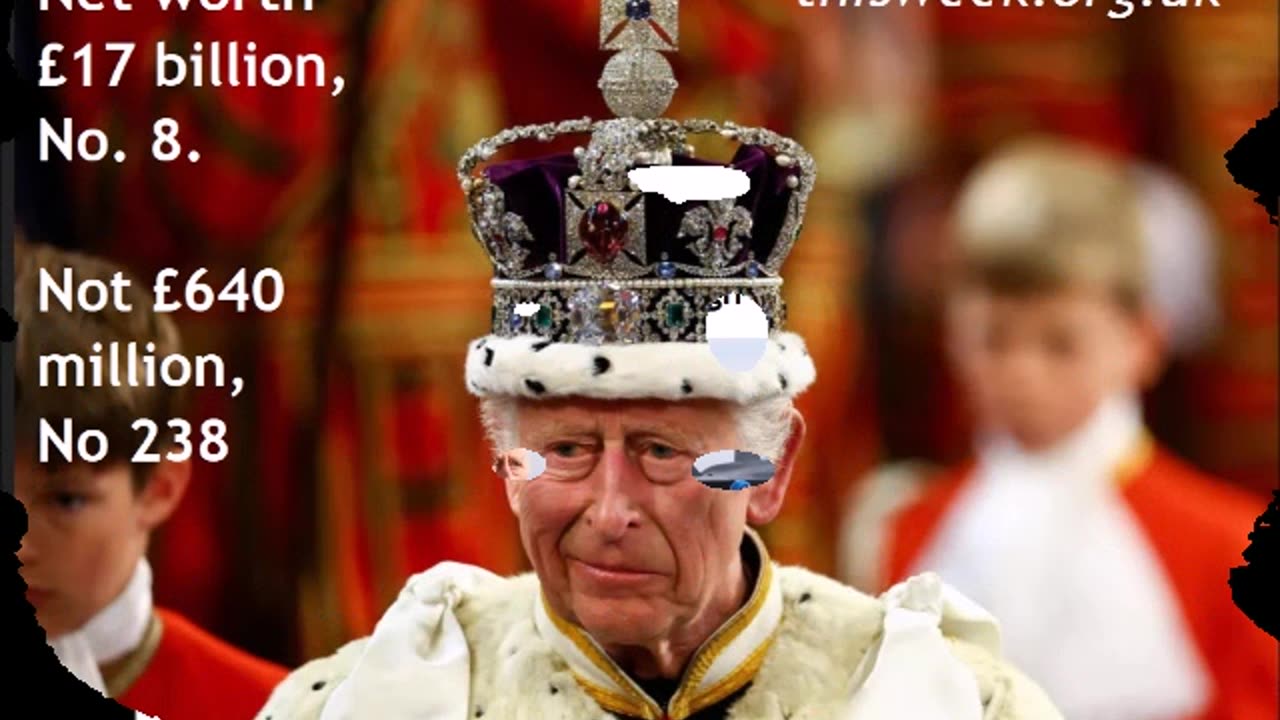
CHEAT King Charles, with £16bn Crown Estate, Is the Secret No 8, not 238! Kevin Cahill ex-Rich List
Coronation Special: How and When King Charles's Real Estate Was Assembled
Monarch Inherits a £15.6 Billion Commercial Portfolio
By Paul Norman, Julia Lee CoStar News 5 May 2023 | 14:51
As much of the United Kingdom celebrates the coronation of King Charles III, his attitude towards the £15.6 billion Crown Estate portfolio he inherits as the reigning monarch will be crucial.
Tracking just how and when the monarchy assembled the most sparkling jewels in the portfolio, which also includes a glittering array of famous residences and monuments, sheds a modern light on the country's history and expectations about what its property should deliver.
The Crown Estate essentially dates from 1066, when William, Duke of Normandy, claimed the English throne and invaded from what is now Northern France. Land across the country formally transferred as part of the "Norman Conquest" to William the Conqueror "in right of The Crown" due to his so called "right of conquest" as the new King.
By 1086, the King had famously commissioned the Domesday Book to quantify all the land in his kingdom — who owned it, who lived there, and how much the land was worth and therefore how much tax he could charge. In essence, the King had become the first real estate valuer and the inventor of the precursor to the dreaded business rates as paid by almost every commercial property owner in the country. That underlying ownership of the Crown remains to this day because there "remains a presumption in favour of the Crown" unless it can be proved that land belongs to someone else
The Sovereign's estates have always been used to raise revenue for wars and other strategems, and over time large areas have been given away as a method for the monarch to reward or punish subjects, shore up power bases or simply on a whim. The latter has prompted some of English history's most chaotic periods — Edward II's decision to give most of Cornwall to his favourite Piers Gaveston still sticks in the craw 700 years later.
Land retained by William the Conqueror and his successors was divided into royal manors, each managed separately by a seneschal — a governor or administrative officer — and the period between the reigns of William I and Queen Anne was one of almost constant disposal of lands to an in-vogue courtier or to shore up support.
Throughout this time there were famous land grabbers and equally famous land losers. Edward I extended his possessions into Wales with a massive and still visible castle building programme, while James (VI of Scotland and I of England) had his own Crown lands in Scotland which were combined with the Crown lands of England and Wales when he took on the top job in England.
The estate fluctuated massively in size and value for centuries, but by 1760, when George III – of American Independence fame — acceded to the throne, it had been reduced to a relatively small size producing nowhere near the income the King required to stay above water.
By that time taxes had become the principal source of revenue for Parliament as it administered the country and an agreement was reached that the Crown lands would be managed on behalf of the government and any surplus revenue would go to the Treasury. In return the King received a fixed annual payment, until recently known as the Civil List. This agreement has been signed up to by every succeeding Sovereign. Crown lands in Scotland were included in the arrangement from 1832.
In 1955 a Government Committee recommended that to avoid confusion between government property and Crown land, the latter should be renamed the Crown Estate and should be managed by an independent board.
The estate is managed by a Board who "maintain and enhance the value of the estate and the return obtained from it" as their duty. The estate is an independent commercial business with the monarch owning the land it manages as long as he or she is on the throne.
So how much revenue does it produce? Over the decade to 2021, the estate had, according to the government's website, contributed £2.6 billion to the public purse, although the Crown estimates the figure at £3 billion. In the 10 years prior to that, from 2002 to 2012, it generated £2 billion, according to Crown Estate filings.
For the most recent financial year of 2021-22, it made a net revenue profit of £312.7 million, £43.4 million higher than the prior year and ahead of its agreed target of £269 million as it bounced back from a difficult lockdown period, but still below pre-pandemic levels.
So what exactly does the Crown Estate own and how did its most famous addresses come into its possession?
The Crown has in recent years been reorganising itself into a single group business with four strategic business units — London, Regional, Marine, and Windsor and Rural....
-
 1:45
1:45
From Zero → Viral with AI
6 hours agoAI Isn’t Taking Over — It’s Leveling the Playing Field | Work Smarter, Not Harder
113 -
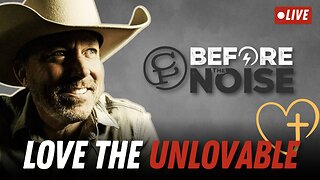 1:09:36
1:09:36
Chad Prather
17 hours agoHow to Love Like Jesus in a World That’s Lost Its Heart!
44.1K27 -
 1:05:41
1:05:41
Crypto Power Hour
2 hours ago $0.30 earnedCrypto Trading Strategies You Need to Know
4.97K6 -
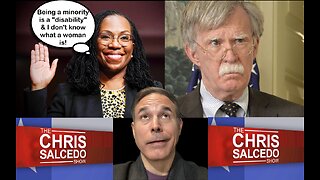 1:54:44
1:54:44
The Chris Salcedo Show
14 hours ago $3.57 earnedReckoning on Injustices Perpetrated Against Americans
21K2 -
 1:33:18
1:33:18
Game On!
21 hours ago $1.02 earnedAnother Football Friday! BEST BETS For The Weekend!
31.8K1 -
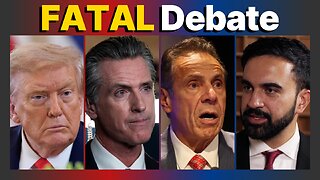 21:44
21:44
DeVory Darkins
11 hours ago $7.99 earnedMamdani BODIES Cuomo in fatal debate as California gets exposed for homeless fraud scheme
27.3K62 -
 14:23
14:23
Tactical Considerations
17 hours ago $7.26 earned5 Budget Pistols I would Actually Carry Under $425
40.5K5 -
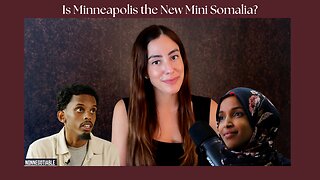 15:24
15:24
ArynneWexler
20 hours ago"I'm the Mayor Now" Somalian Midwest Takeover | NN Clip
26.9K45 -
 14:49
14:49
Esports Awards
21 hours agoEsports Awards 2025 Finalist Reveal
25.5K -
 2:00:46
2:00:46
BEK TV
1 day agoTrent Loos in the Morning - 10/17/2025
17.1K